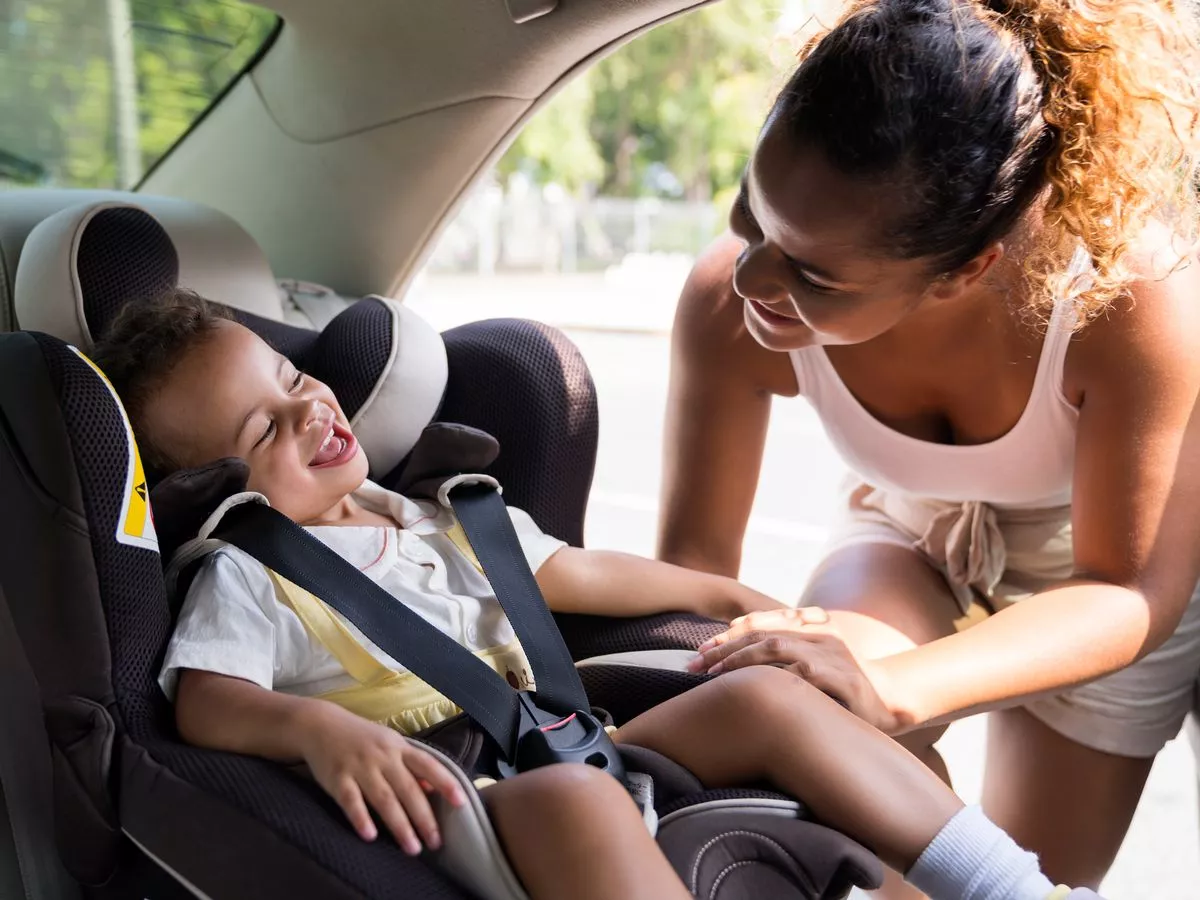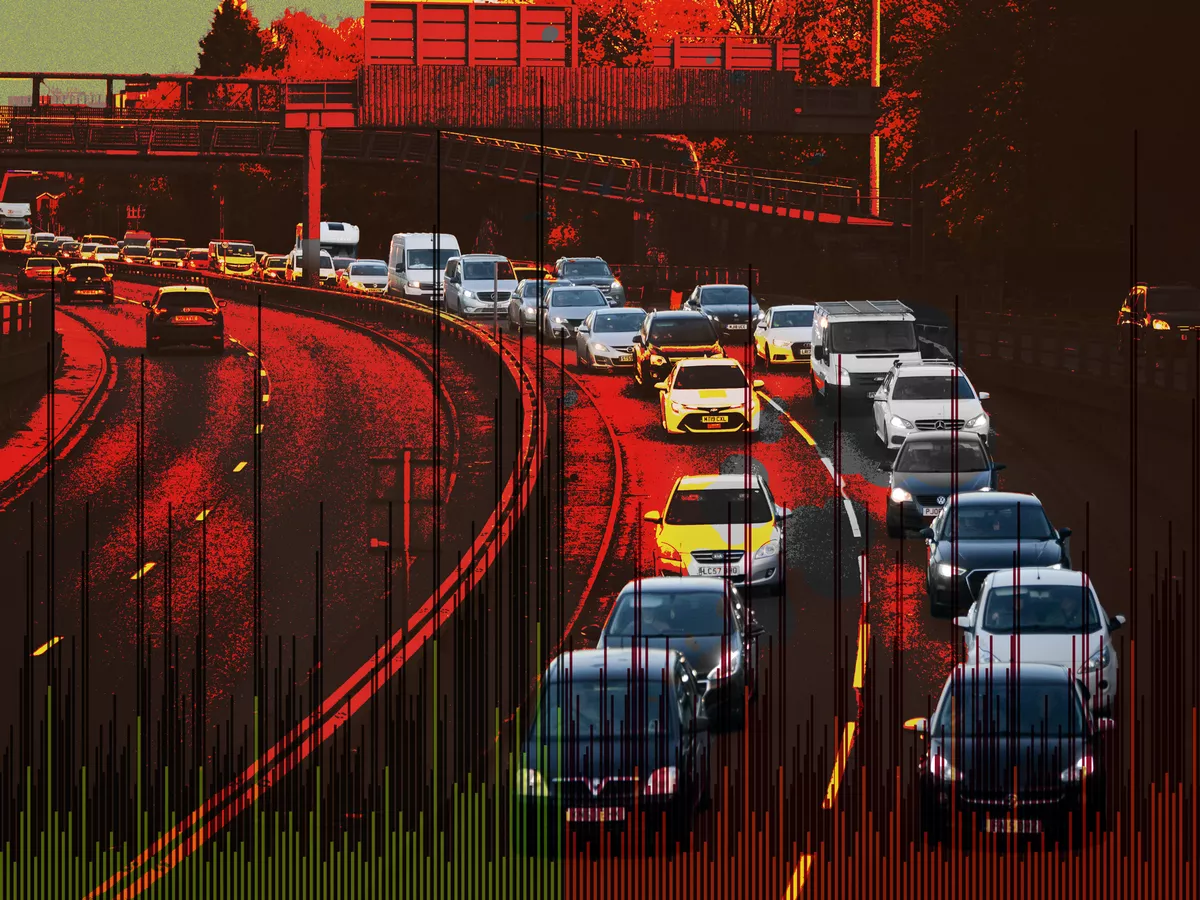Copyright mirror

While numerous parents could face penalties for failing to secure their child correctly in a vehicle, there are certain exemptions to this regulation. Rule 99 of the Highway Code stipulates that all occupants in a car must wear a seatbelt. For some children, there are specific requirements which determine how they must be properly restrained in a vehicle based on a child's age, height, and which section of the car they're seated in. For children aged under three years, a proper child restraint must be utilised in both the front and rear seats. The regulations for children aged between three and 12 are somewhat more complicated. If the child is less than 1.35 metres tall (approximately 4ft 5in), a suitable child restraint must be employed in the front seat, whilst the rear seat must use a suitable child restraint or an adult belt if one is not available. These regulations are also outlined in the Road Traffic Act 1988, which states: "A person who drives or rides in a motor vehicle in contravention of regulations under this section is guilty of an offence; but, notwithstanding any enactment or rule of law, no person other than the person actually committing the contravention is guilty of an offence by reason of the contravention." Since the driver of the vehicle is responsible for ensuring the seatbelt regulations are being followed correctly, they are the ones at risk of facing a penalty. Official guidance states that you can be fined up to £500 if a child under 14 is not in the correct car seat. Exceptions to the car seat rule. While there are strict rules for children aged three or older travelling in a vehicle, there may be some exceptions to when they do not need a car seat. For example, they may not need a car seat if they're travelling in a specific vehicle. Children aged three or older can use an adult seat belt instead of a car seat if one is not available as long as the journey is unexpected, necessary, and over a short distance. However, if the child is aged under three, they cannot be taken on an unexpected journey without the correct car seat unless it's in a licensed taxi or mini cab and the child sits on a rear seat without a seat belt. Companies that run minibuses and coaches are not required to provide child car seats. In coaches, a child does not need to travel with a car seat or seat belt if none are available. However, in a minibus, children must travel in the rear seat if a car seat or adult seat belt is not provided. Meanwhile, children aged three or older must use a child car seat if one is available or an adult seat belt if child car seats are not fitted or are unsuitable. For children under the age of three, if there is no room for a third child car seat in the back of a vehicle, then the child must travel in the front seat with the correct car seat fitted. However, if the child is aged three or older, then they can sit in the rear as long as they use an adult seat belt. Children are allowed to travel in a private hire taxi or minicab without an appropriate child seat if one isn't provided. However, the child must sit on a rear seat and wear an adult seat belt if they've aged three or older. If the child is under the age of three, they may be able to ride without a seat belt but must remain in the rear seat. Further details on rules surrounding child car seats can be found here.



